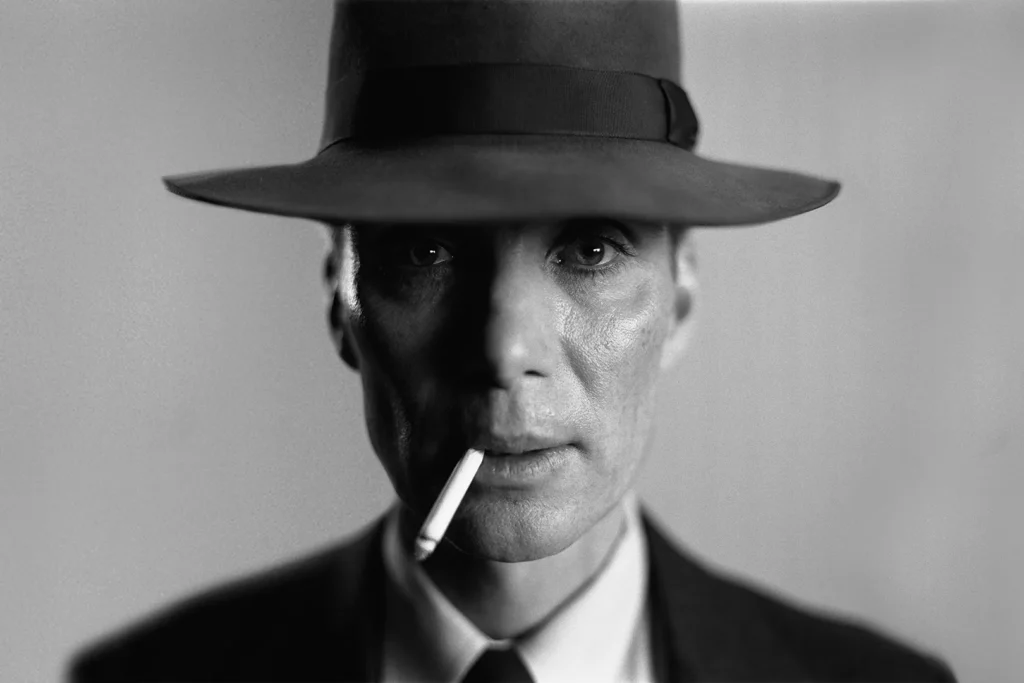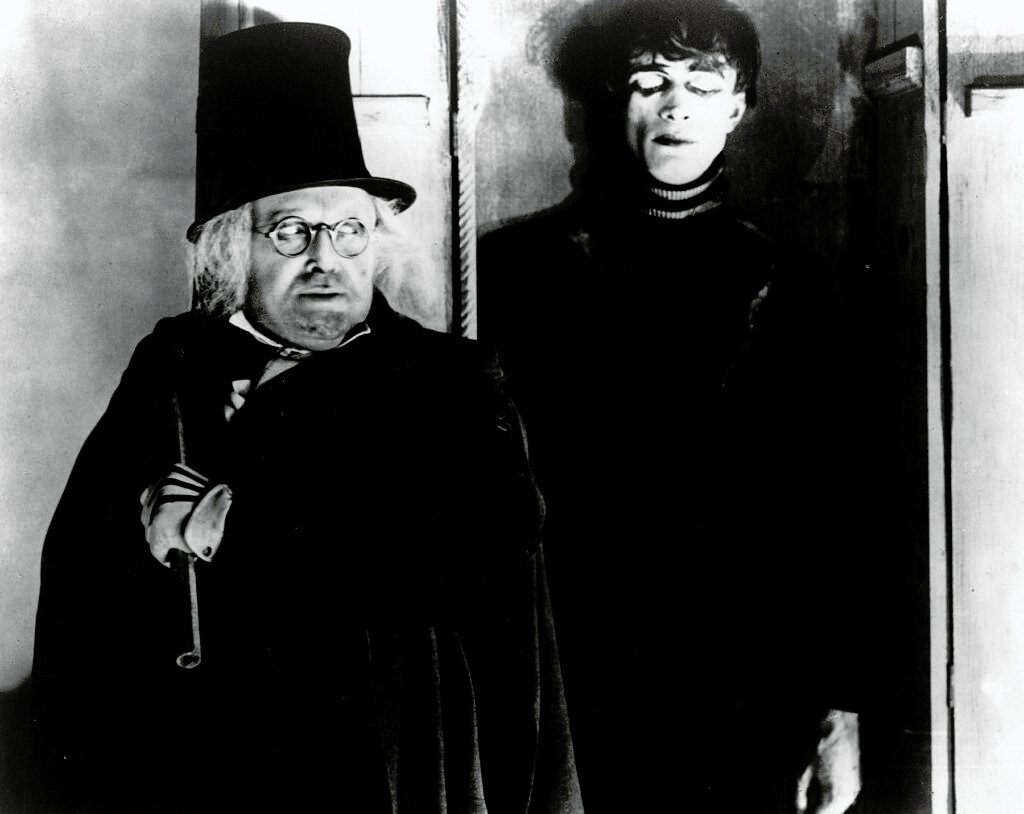March, the month that taught me that there is much more to love than people generally suppose. The month, that taught me not to become narrow-minded or afraid of reading/watching what is well written, quite the contrary, such art can become a source of comfort. The month that left me pondering why John Milton took a nine-year study break, or why Vincent Van Gogh did not fear changing spaces and professions. March, the month that left me with a question for life – are we what we dreamt of?
I credit the books that I read and the movies that I watched for putting me in this situation. And can we not call it a blessing in disguise?
Contrary to my previous reading and watching stats, this month I managed to watch 14 movies, 2 documentaries, and 2 web series, though I read only one book. I don´t know if I should celebrate this stat or hide it, but whatever be the case, I enjoyed the learnings that it brought along.
Let´s dive into the March film-shelf
- Schindler’s List, Directed by Steven Spielberg.
Schindler’s List is a film directed by Steven Spielberg that recounts the true story of Oskar Schindler, a German businessman who saved the lives of over a thousand Jewish refugees during the Holocaust. The movie’s primary strength lies in its ability to portray the horrors of the Holocaust in a sincere and respectful manner. The use of black and white cinematography enhances the feeling of hopelessness and violence during that time, while the actors’ performances, especially Liam Neeson’s portrayal of Schindler, are both impactful and genuine. Although Schindler’s List is an unflinching portrayal of the atrocities of the Holocaust, it is also notable for its message of hope during difficult times. The movie celebrates the strength and courage of the human spirit, especially when confronted with evil. - The Grand Budapest Hotel, Directed by Wes Anderson
When I think of Wes Anderson the first thing that comes to mind is his unique visual style. Definitely, this uniqueness of his visual style is one his greatest hallmark. The symmetry on screen is enjoyable, and it appears as if one is watching a moving panorama painting. David Bordwell (a film critic) calls Wes Anderson’s composition as Planimetric, the orientation of elements of a scene as flat plains, relative to the camera. As flamboyant as the set may appear, if one give painstaking attention to details, one will find the set full of meanings, influences, and symbols. The movie is a must watch for anyone who digs good cinematography. - Delhi Belly, Directed by Abhinay Deo
Delhi Belly showcases impressive cinematography that complements the film’s energetic and
irreverent tone, making it a standout film in terms of visual storytelling. The camera work is visually dynamic, with creative and unique camera angles that capture the fast-paced action and chaos of the story. Directed by Abhinay Deo, the film revolves around three young roommates in Delhi, who find themselves entangled in a web of chaos and violence after one of them accidentally receives a package containing smuggled diamonds. The movie’s music score is remarkable as it combines both Indian and Western music, contributing to the film’s overall mood and ambiance. Watch it for fun, who knows you may end up learning something from this intriguing dark comedy.
- Ishqiya, Directed by Abhishek Chaubey
It is an entertaining film that deals with two small-time crooks, Khalujaan and Babban, who seek refuge with the widow of their former boss, Krishna Verma. However, things take a turn for the complicated when both Khalujaan and Babban develop feelings for Krishna. - Pride and Prejudice and Zombies, Directed by Burr Steers
I would not really recommend this movie, unless you are a die-hard fan of Pride and Prejudice, in which case you might enjoy watching this modern adaptation. I watched the movie after attending a conference on film adaptation theory, primarily because the keynote speaker mentioned the creation of this modern adaptation. Though the interesting part of the adaptation is how the filmmaker keep the ball dance scenes intact in the story. Watch it on your risk! - Bhooter Bhabhishyat, Directed by Anik Datta
Perhaps the first Bengali language film that I watched and admired. The filmmaker contrives a sort of microcosmic state of our multicultural society. As a critique of capitalism, the film deals humorously on the nuances of capitalism and urbanization. Songs are used to convey the aesthetics and cultural values of different individuals, and thereby the songs form a significant part of the movie. Watching it in translation makes it a little challenging, but nevertheless it can leave any viewer satisfied. What I enjoyed the most is the way the filmmaker uses the item-song in the movie to narrate a horrifying part of the plot. If witty humorous stories are your cup of tea, then you must watch it! - Dhuin, Directed by Achal Mishra
A reminisce of theatrical life, Dhuin reminds one of popular theatre artists like Mohammad Faheem and Sudheer Rikhari. It deals with the struggle of artists. It questions the idea of dream, and the privilege to take the leap of faith to fulfil those dreams, specifically when it relates to the field of arts in the world of mechanical reproduction and capitalistic ideology. The director Achal Mishra has done impressive work, in dealing with the nuances of the life of artist. The realistic visualisation of struggles without the use of spectacle appears to be a replication of life on screen which deserves artistic appreciation.
- Milestones, Directed by Ivan Ayr
The film ‘Milestone’ is set in the outskirts of Delhi-NCR and follows two primary characters: Ghalib, an aging and solitary truck driver who has not made much progress in life despite constantly traveling from one place to another, and Pash, a young man with big ambitions who is eager to drive trucks. If you see Ivan Ayr as an auteur, you will notice that he has a distinct story-telling style. His movies revolve around protagonists and appears to be a life excerpt of them. And not just that the director leaves many questions unanswered. Giving readers a space to be writer as well. Thereby, in words of Roland Barthes, Milestones and Soni, can be termed as a ‘writerly text’, which defy the commercialization and commodification of storytelling. Furthermore, the plight of Ghalib in passing the driving seat to Pash, has a metaphorical meaning that can perhaps be seen from the perspectives of the world of Urdu poetry. - Soni, Directed by Ivan Ayr
Soni is a thought-provoking film, directed by Ivan Ayr, that tells a story of a Delhi police officer. The film’s pacing is slow and deliberate, allowing the audience to immerse themselves in the characters’ experiences and emotions. The cinematography is noteworthy, with a muted colour palette that reflects the gritty and often oppressive nature of urban life in Delhi. What may keep the viewers intrigued is the secretive nature of some of the excerpt of the plot. As a storyteller, Ivan Ayr always leaves some parts of the story blank for the audience to write. This gives the filmmaker a strength to stand away from the spectacle of commercial cinema and run the story in an opposite direction. - Aftersun, Directed by Charlotte Wells
A beautiful depiction of a father-daughter relationship, where the camera appears to be just another character. Beware, you might end up crying. - Nayak, The Hero, Directed by Satyajit Ray
Few months ago, I watched Kaagaz ke Phool by Guru Dutt, a flamboyant romantic drama, The dazzle that you see in Kaagaz ke Phool metamorphosis into a realist delicacy in Nayak, The Hero by Satyajit Ray. The plot centers on a famous actor taking a day-long train ride from Kolkata to Delhi to accept a national accolade. Yet, during the journey, he opens up to a young reporter, disclosing his faults, uncertainties, and remorse. As the actor shares his life story through seven flashbacks and two dreams, the journalist discovers that the actor’s egotistical exterior masks profound personal struggles. The movie will leave you with an urge to watch more work of Satyajit Ray. Needless to say, it is a masterpiece. - Charulata, Directed by Satyajit Ray
The movie Charulata, by Satyajit Ray, is an excellent depiction of a woman’s discovery of her emotional and intellectual faculties. The story takes place in Calcutta during the late 1800s, and it tracks Charu, a solitary homemaker whose affluent husband is too engrossed in his newspaper empire to give her much notice. The movie is visually stunning, and every shot effectively portrays the oppressive ambiance of the upper-class household. In addition, the film shows how Charu begins to feel liberated as she forms an artistic connection with her brother-in-law. Indeed, it is an exceptional work of art that examines concepts such as love, loneliness, and creativity with immense care and profundity. - Parasite, Directed by Bong Joon-ho
Parasite is a careful examination of growing class tension in modern society. The filmmaker demonstrates his mastery on oral and visual storytelling, with the use of montage and film language. The morally ambiguous characters can capture one’s attention throughout the movie. The film focuses on a family, which with their cunning and manipulating acts, tries to survive in the harsh society. The title parasite glances at how the members of lower-class society leech off the upper class, and how the upper class as well is leeching off the lower class by living comfortably at the cost of their labour. A must watch - Gangs of Wasseypur, Directed by Anurag Kashyap
This film can be seen as a conversation between theatre and cinema. As a storyteller, the filmmaker, Anurag Kashyap, has done a great job in making use of the narrator, who narrates the story to the viewers in such a way that no matter how firmly you hold your moral high ground, you will anyway end up being sympathetic towards Sardar Khan. As and by, you see the next generation, the era changes and so does the aesthetics of the film, reminding the viewers of the change in generation. Faizal Khan stands at a deteriorated position, when compared to Sardar Khan, as revenge eats up everyone who gets involved in the story. If seen from the philosophical point of view, the film answered many philosophical questions with regards to revenge and morality.
Besides, the movies I would also recommend two documentaries that every music lover should watch.
- The Last Music Store
It deals with the story of Rhythm, the grand music store of Mumbai, that went out of business facing adversities at the hands of pirates. The documentary poetically chronicles Mumbai’s music culture over the decades. Furthermore, it deals with the issue of piracy, and leaves one wondering about te fate of art and artists in the technology driven world. - Who is Baul?
The documentary expresses who is Baul, what is their philosophy, what is it that they sing, their use of ektara, and their way of living. Knowing about the Bauls reminded me of Sufi poets, and the idea of Moner Manush was something I kept on relating to poets like Kabir until the documentary itself by the end connect the dots between Sufi poets and Bauls.
Book of the month!
Ahalya by Koral Dasgupta. Click here to read detailed review.
Signing off,
See you soon.



Leave a Reply